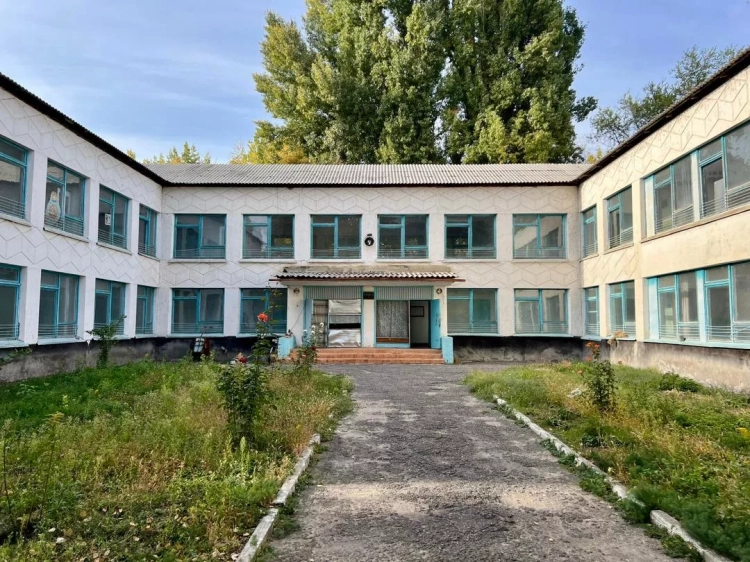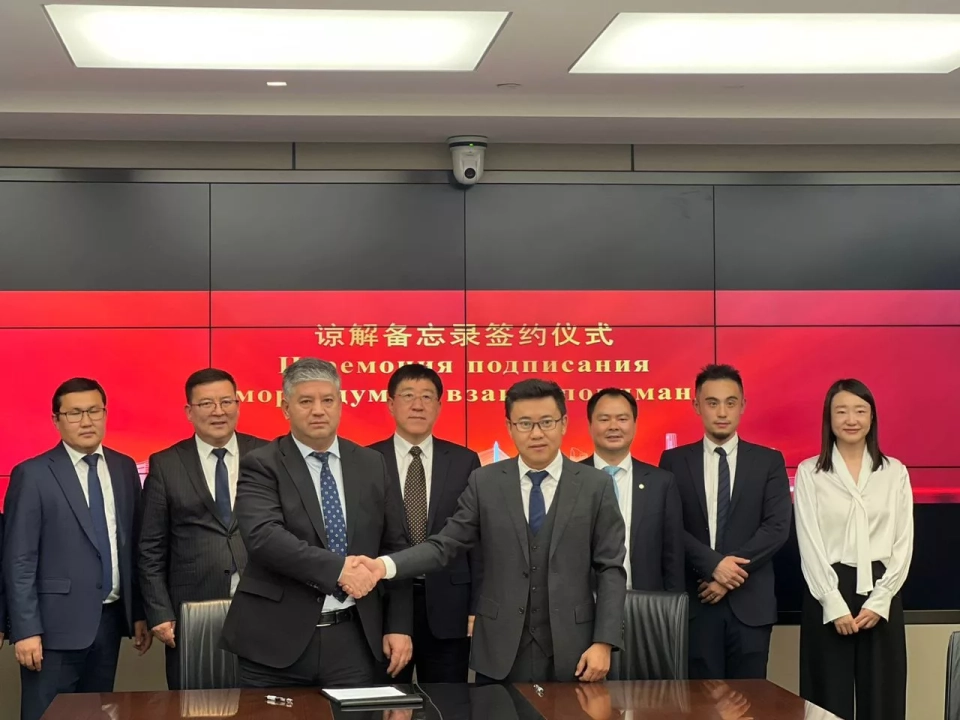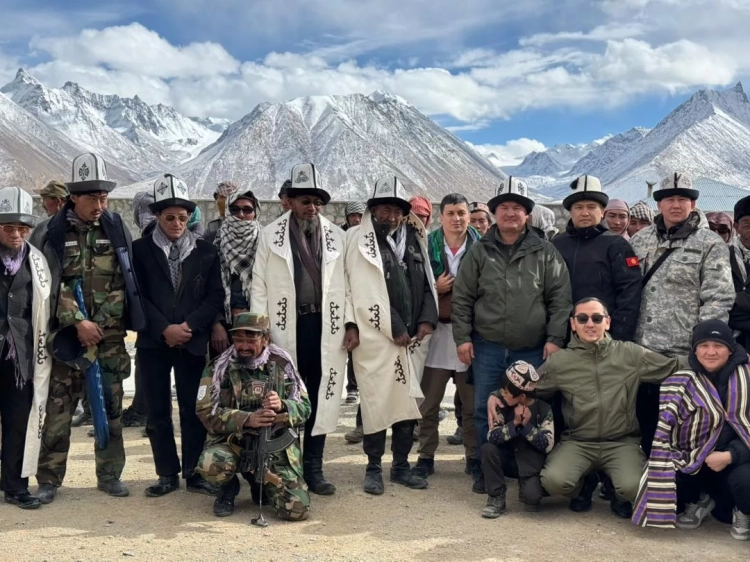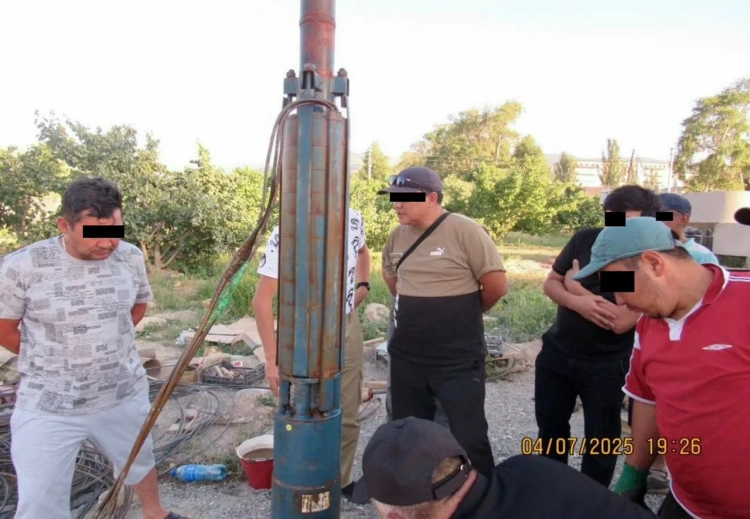Ordo Sakhna – The Folk Ethnographic Theater. Biography. The folk ethnographic theater Ordo Sakhna...

Broad-eared bat Status: Category VII, Lower Risk/least concerned, LR/lc....

Attractions of the city of Osh...

Issyk-Kul Marinka Status: 2 [EN: D]. A rare taxon inhabiting Lake Issyk-Kul. Its...

The stylish bar "Times" is unique, primarily due to its location: the panoramic view...

Stavinsky Vitaly Antonovich (1936), Doctor of Geological and Mineralogical Sciences (1997),...

Noble deer (Tien Shan subspecies), Maral Status: Category IV, Endangered, EN C2a(i): R. A sharply...

Mountains: Ak-Suu - Karavshin (Asian Patagonia)...

Avdotka Status: V category, Vulnerable, VU: R, A1. At the same time, according to information from...

Seaholly-like Meadow Saxifrage Status: VU. Endemic. One of 16 species found in Kyrgyzstan....

Historical-Architectural and Modern Attractions, as well as Natural-Ecological Complexes Cities...

Common Water Shrew Status: Category VI, Near Threatened, NT: R. A rare species for Kyrgyzstan,...

Davan. In the Fergana Valley, a powerful state emerged in the 1st millennium BC. In Chinese...



During the trip led by the expedition team, measures taken by the authorities of Badakhshan to...

Natural and ecological complexes: Shamsi Natural Complex Ala-Archa National Park Chon-Kemin Zone...

Pike Asp Status: 2 [CR: A]. Listed in the Red Book of the Kyrgyz SSR in 1984. A rare...

On October 15, 2025, searches were conducted in the homes of members of the banned extremist group...

The State Committee for National Security (SCNS) of Kyrgyzstan confirmed the fact of abuse of...

The State Committee for National Security of Kyrgyzstan reported the discovery of abuse of...

According to the results of the State Committee for National Security of the Kyrgyz Republic, a...
[img]http://vesti.kg/dаta:image/svg+xml;base64,PHN2ZyB4bWxucz0iaHR0cDovL3d3dy53My5vcmcvMjAwM...
Kyrgyzstan is a small country bordering Uzbekistan, Kazakhstan, and Russia. The main attractions...

Berkut Status: VI category, Near Threatened, NT: R. One of four species of the genus in the fauna...

During the investigation, it was revealed that the lottery organizers created fake drawings,...

Times Bar Bishkek: Cuisine, Format The stylish bar "Times" is unique primarily due to...

Demoiselle Crane Status: Category VI, Near Threatened, NT: R. One of two species of the genus in...

Eversmann’s Giant Robber-fly Status: Category III (LR-nt). A species that is rarely encountered...

During the investigation, it was established that 19 teachers were involved in this illegal...

The international business newspaper Financial Times recommended its readers to visit Kyrgyzstan...

Central Asian Frog Status: Category VUB1ab(iv). A mosaic-distributed species with a disjunct and...

Great Black-headed Gull Status: VI, Near Threatened, NT: R. One of 6 species of the genus in the...

html Turkestan Catfish Status: 2 [VU: E]. The only representative of the genus in...
Motorcycle Journey Enduro Kyrgyzstan. Enduro Kyrgyzstan...

Mineral Resources of the Republic of Kyrgyzstan The subsoil of Kyrgyzstan is truly a gigantic...

Chuy Ostroluchka Status: 2 [CR: C]. Possibly already extinct in Kyrgyzstan, an endemic...

Short-toed Eagle Status: V category, Vulnerable, VU: R. The only representative of the genus in...

Sociable Plover Status: III category, Critically Endangered, CR, A3bc. Endemic to Kazakhstan and...

Indian Crested Porcupine Status: Category VII, Lower Risk/least concerned, LR/lc, poorly studied...

Kosopoljanskaya Turkestanian Status: VU. One of the two endemic species of this genus found in...
Please provide the text you would like me to translate....

Akkoziev Imil Akunovich (1945), Doctor of Technical Sciences, Professor (1993)...

Historical and Cultural Monuments of the City of Karakol Attractions of the Southern Shore of...

Manul Status: VI category, Near Threatened, NT. Rare species throughout its range....

From Ossuary Burials to Corpse Placement For historical reconstructions, burial rites are...